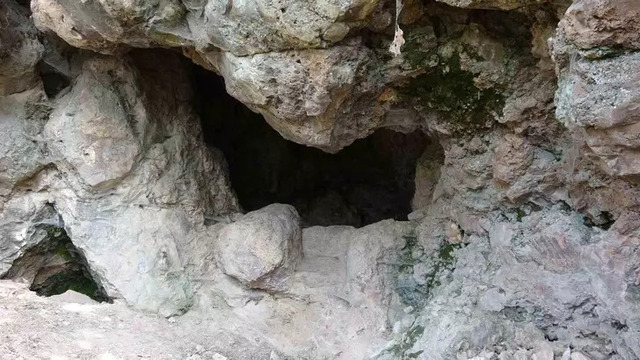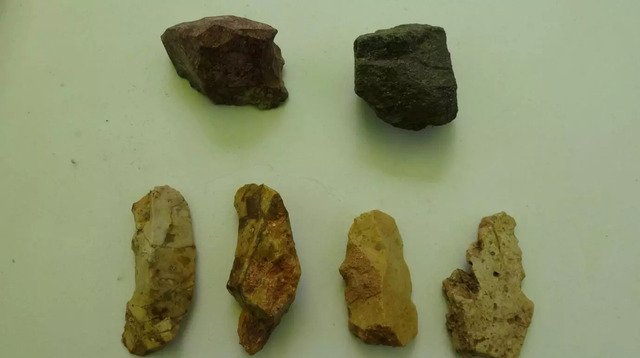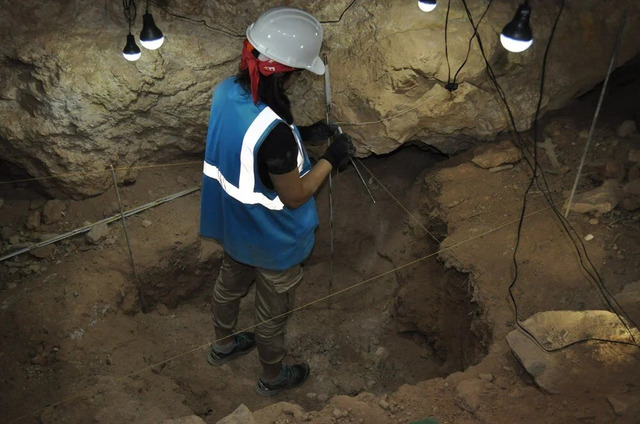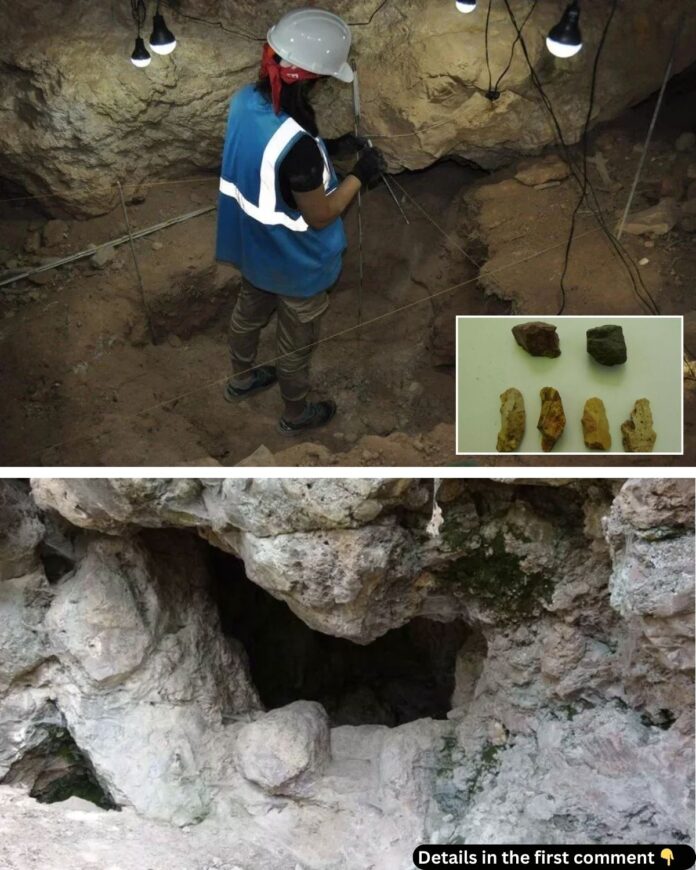Nestled in the northwestern region of Turkey, İnkaya Cave has emerged as a gateway to humanity’s distant past. Recent excavations have uncovered traces of life dating back an astonishing 86,000 years, offering unparalleled insights into the Middle Paleolithic period. From intricate flint tools to evidence of ancient migratory patterns, the cave reveals the ingenuity and resilience of early humans. This discovery not only enriches Turkey’s archaeological heritage but also deepens our understanding of human evolution and survival.
The Discovery of İnkaya Cave
İnkaya Cave was first identified during the 2016 Muğla and Çanakkale Provinces Survey, led by Professor İsmail Özer from Ankara University’s Department of Paleoanthropology. Situated within the Bahadırlı village, the cave’s strategic location and unique geological composition soon became apparent. Excavations officially began in 2017 under the presidency of the Troy Museum Directorate and have continued for six years, uncovering layers of history hidden within its flint-rich walls.

One of the cave’s most significant contributions lies in its ability to fill a void in Turkey’s Paleolithic record. “Evidence of the Paleolithic era in Çanakkale was previously limited,” remarked Professor Özer. “Through our research, it became evident that Çanakkale is actually one of the richest provinces in Turkey in terms of the Paleolithic period.” This revelation underscores the importance of İnkaya Cave as a focal point for understanding the ancient human presence in the region.
Excavations and Key Findings
Chronological Insights
Archaeological findings place İnkaya Cave firmly within the Middle Paleolithic Period, which spanned from approximately 250,000 to 50,000 years ago. Radiocarbon dating of artifacts discovered on the cave’s eastern slopes has pinpointed evidence of human habitation to around 86,000 years ago. This timeline provides a vital link to the migratory patterns of ancient populations traversing between Anatolia and the Balkans.
Flint Tools and Their Functions

The cave’s most remarkable discoveries are its flint tools, showcasing the ingenuity of early humans. These tools range in form and function, highlighting the adaptability and resourcefulness of the cave’s inhabitants. Among the notable artifacts is a toothed tool, speculated to have been used in a manner similar to modern saws. Additionally, tools with handles, possibly inserted into branches, bones, or horns using resin, suggest innovative methods for creating multifunctional implements.
These tools likely served a variety of purposes, including digging soil, scraping animal hides, and crafting other essential items. Microscopic analysis of the stones is expected to reveal further details about their specific uses, offering a deeper understanding of daily life during the Middle Paleolithic.

Geological and Cultural Significance
The geological composition of İnkaya Cave is a key factor in its historical importance. Predominantly composed of flint rock formations, the cave provided an abundant source of raw materials for tool-making. This geological advantage made the site an ideal settlement for early humans, who could craft tools on-site to meet their daily needs.
İnkaya Cave also served as a vital waypoint in the migratory journeys of ancient populations. The availability of water and raw materials ensured prolonged human habitation, transforming the cave into a cultural and technological hub. The artifacts discovered within its depths reflect the creativity and adaptability of its inhabitants, shedding light on their survival strategies and societal organization.
Challenges and Future Prospects
Despite the wealth of information derived from the excavations, certain aspects of İnkaya Cave remain elusive. Organic remains, such as human skeletons, animal bones, or plant residues, have yet to be uncovered. These remnants could provide invaluable insights into the diet, health, and lifestyle of the cave’s inhabitants.
The meticulous preservation and analysis of the discovered tools are ongoing. Researchers plan to use advanced microscopic techniques to study the artifacts further, revealing their precise functions and the technological sophistication of their creators.
The findings at İnkaya Cave have far-reaching implications for the study of human history. By bridging gaps in Turkey’s Paleolithic record, the site offers a unique perspective on ancient migratory patterns, technological advancements, and cultural practices. Its contributions extend beyond Çanakkale, providing a comparative framework for studying similar sites across the region.
Video
Step inside the Cave of the Ancient Jaguar God – watch the National Geographic video to explore the hidden wonders and ancient mysteries within!
Conclusion
The excavations at İnkaya Cave have unveiled a fascinating chapter of human history, dating back 86,000 years. From its flint tools to its geological significance, the cave stands as a testament to the resilience and ingenuity of early humans. As research continues, İnkaya promises to shed even more light on the lives of our ancient ancestors, offering a window into a time when survival depended on resourcefulness and adaptability. This remarkable site not only enriches Turkey’s archaeological heritage but also enhances our collective understanding of humanity’s distant past.
